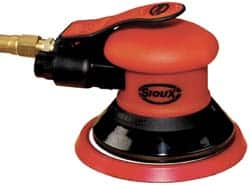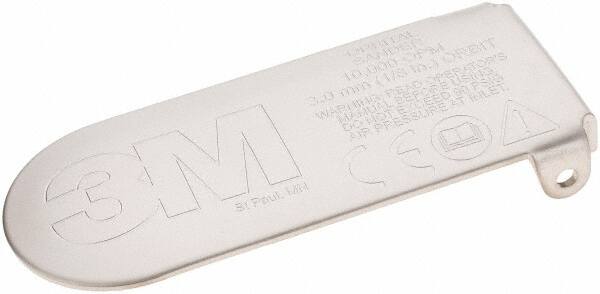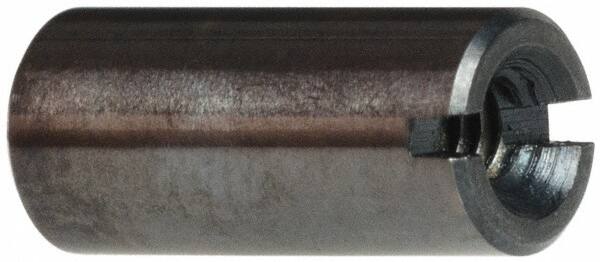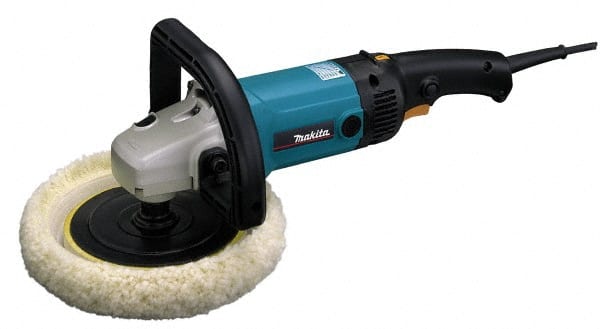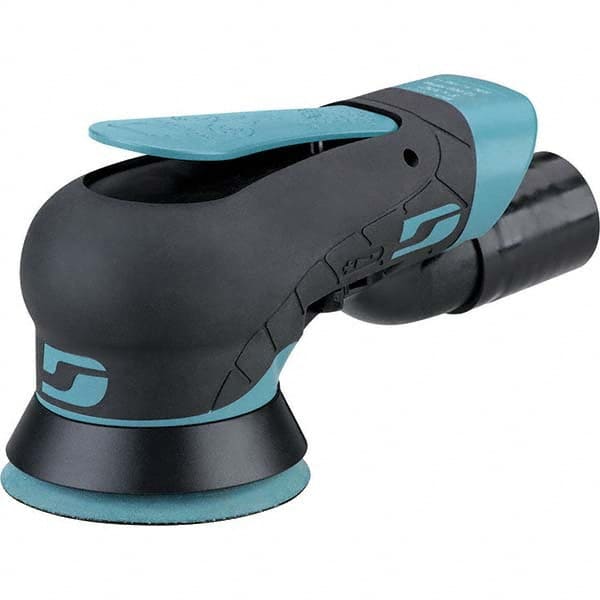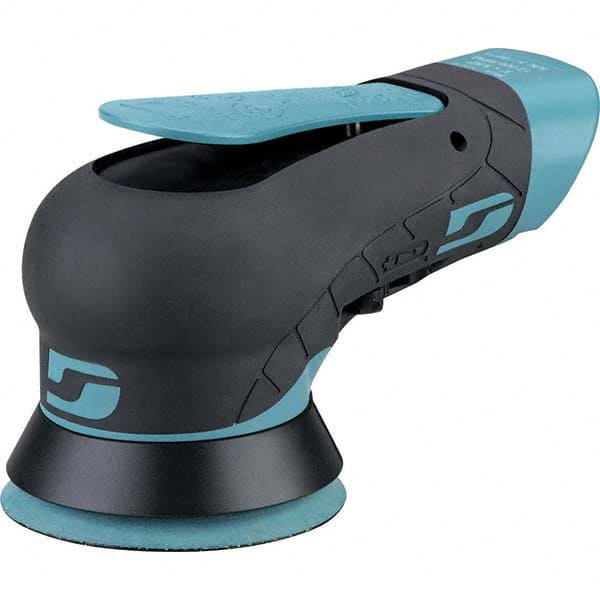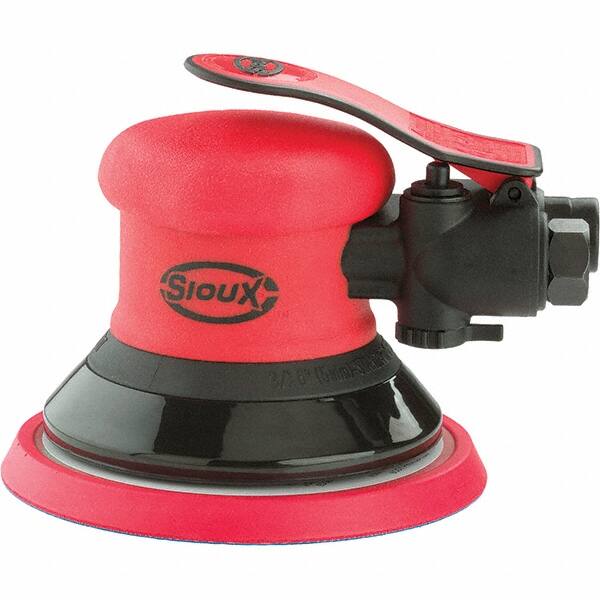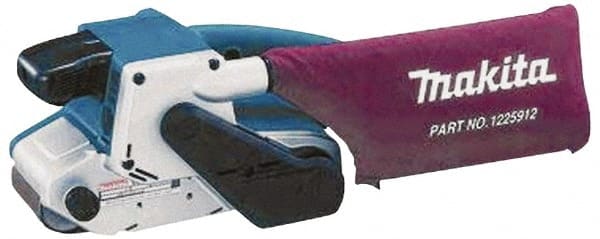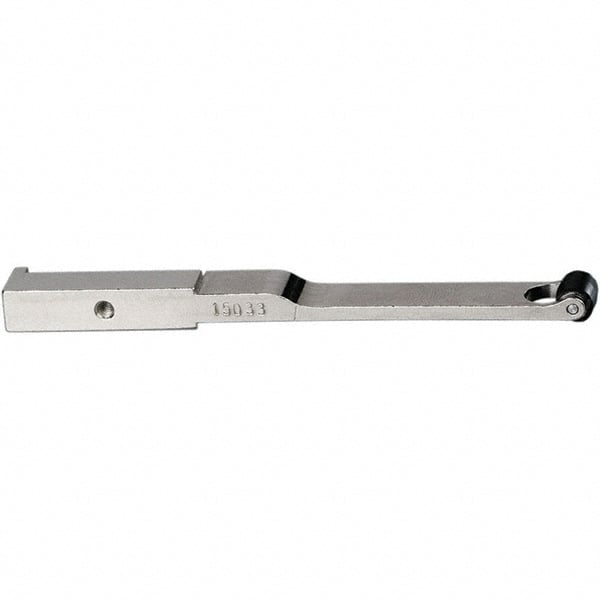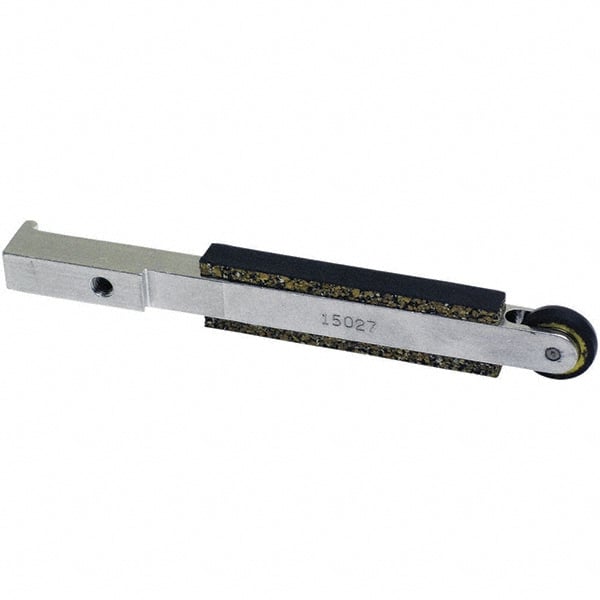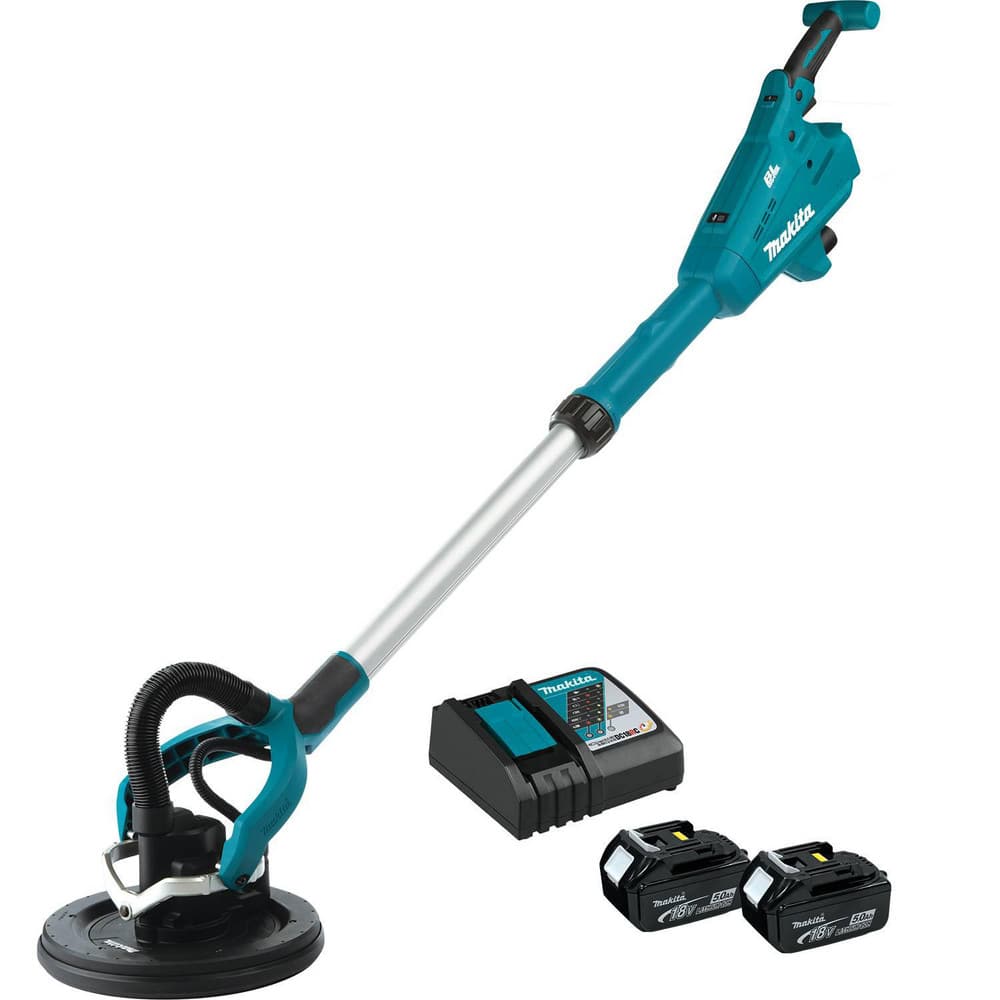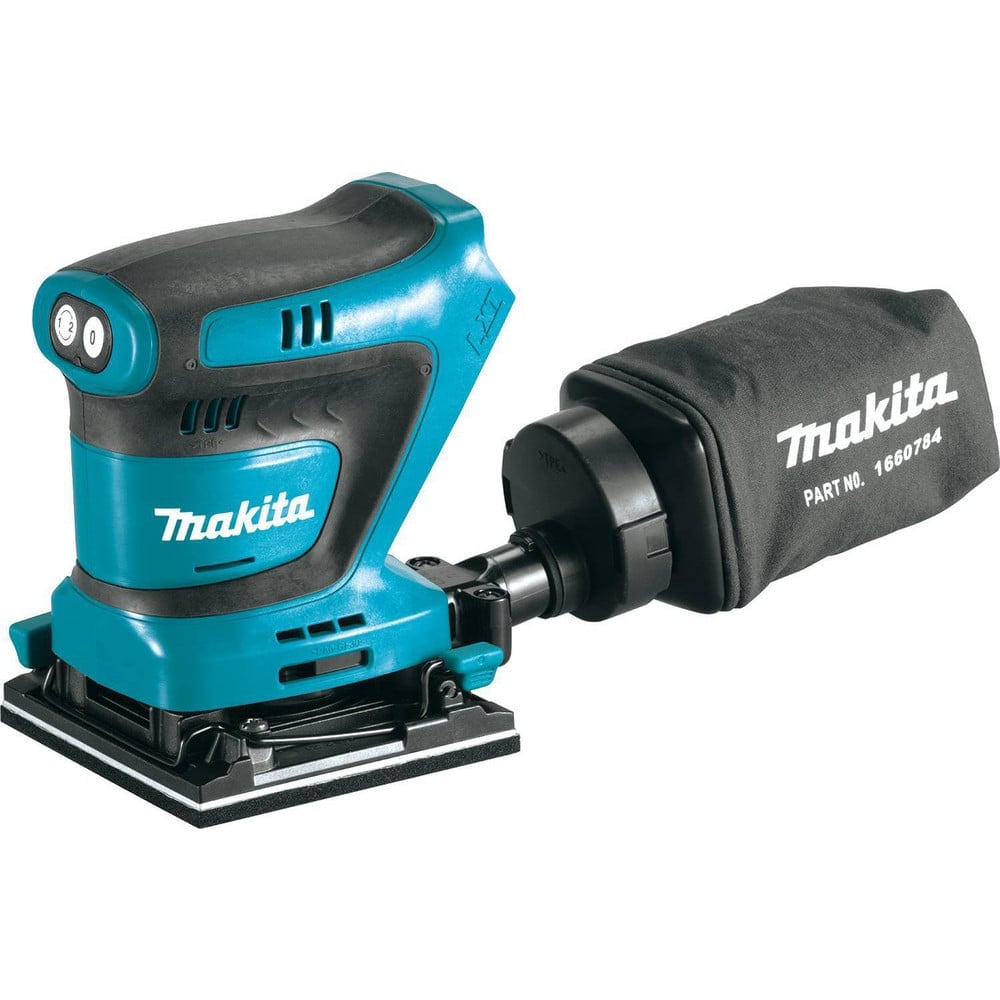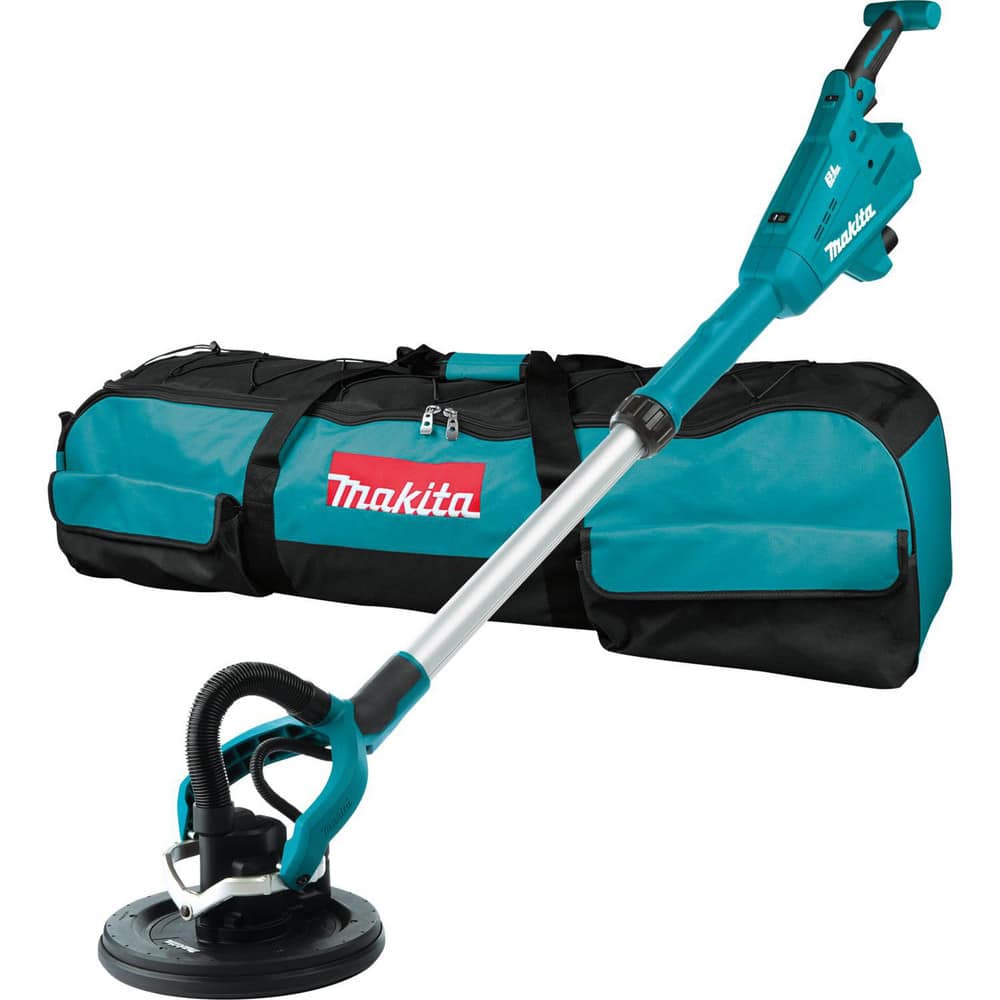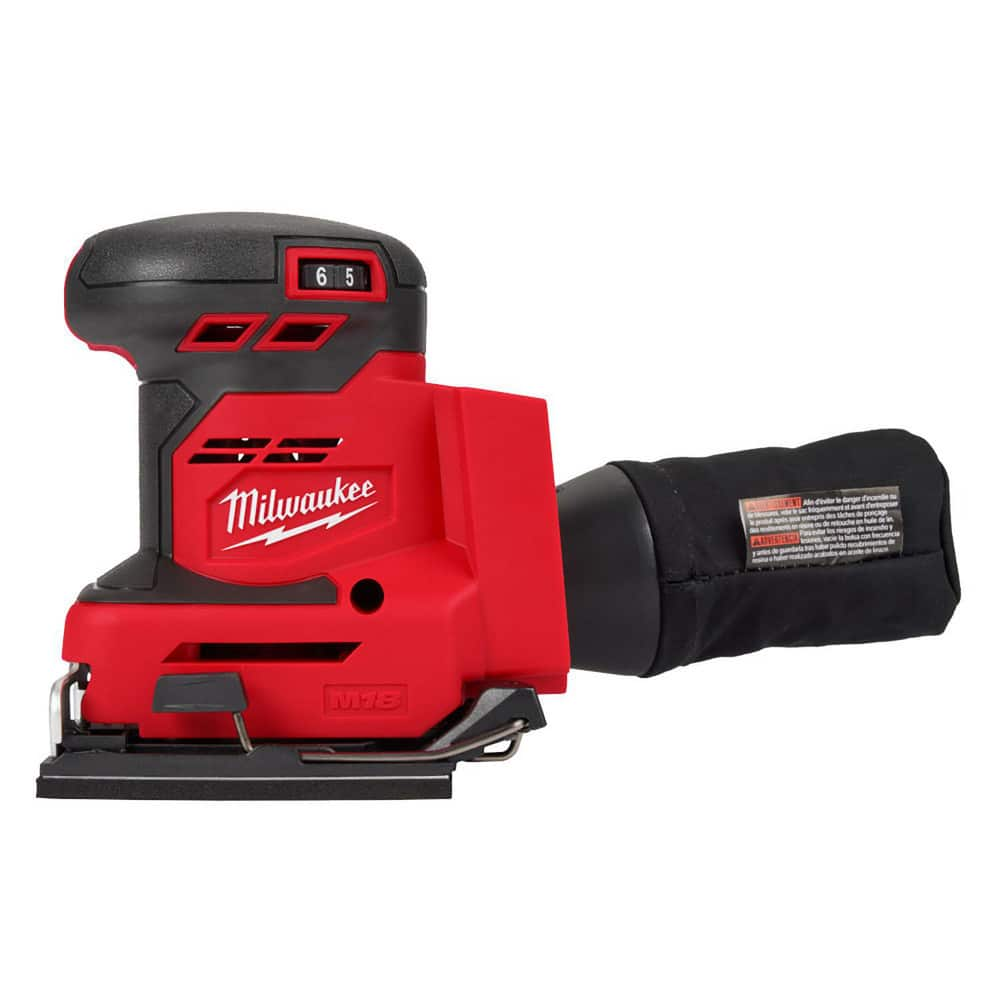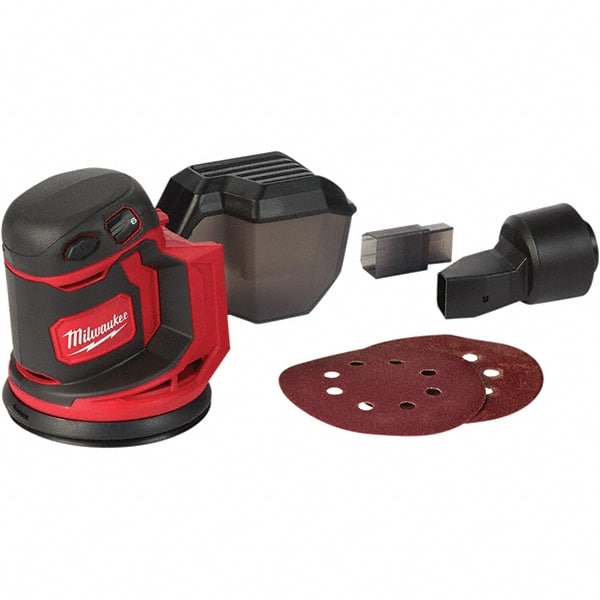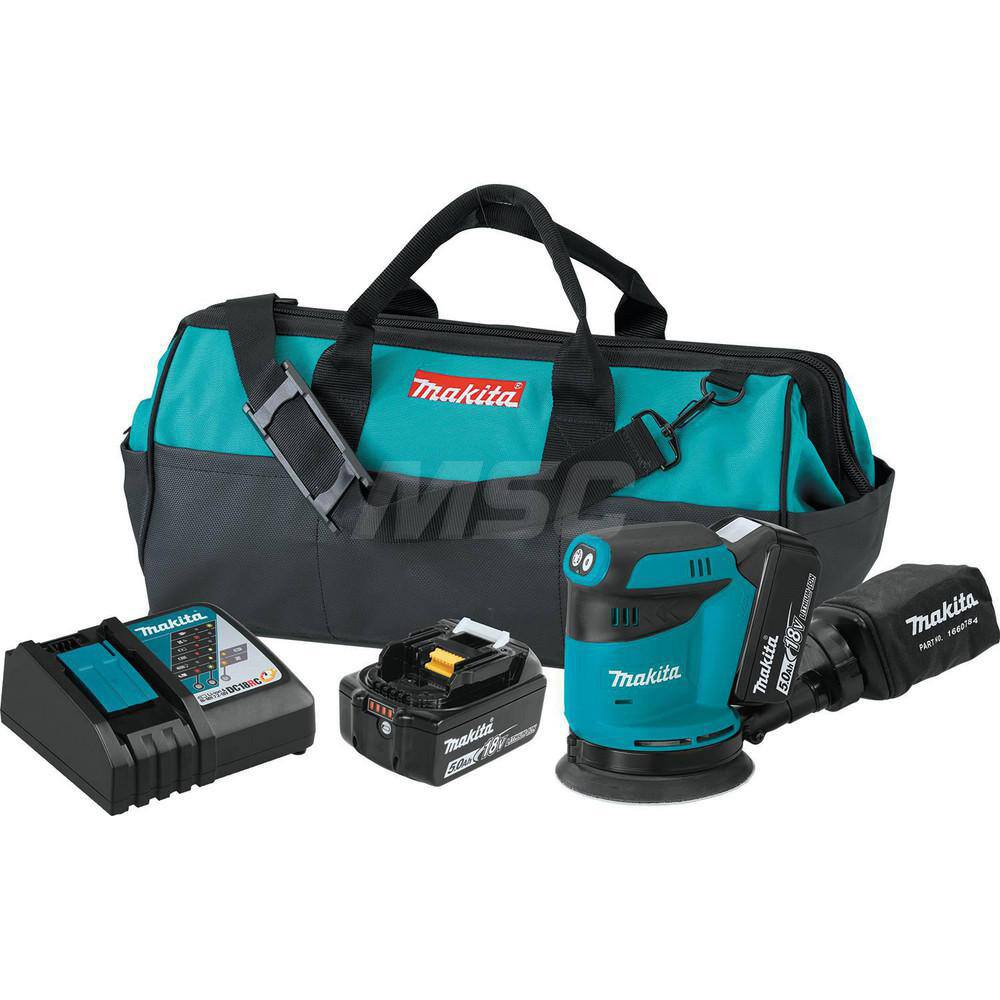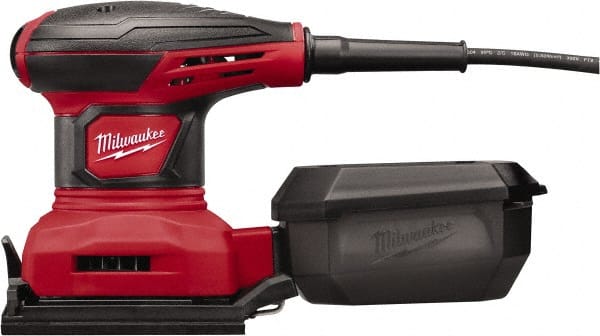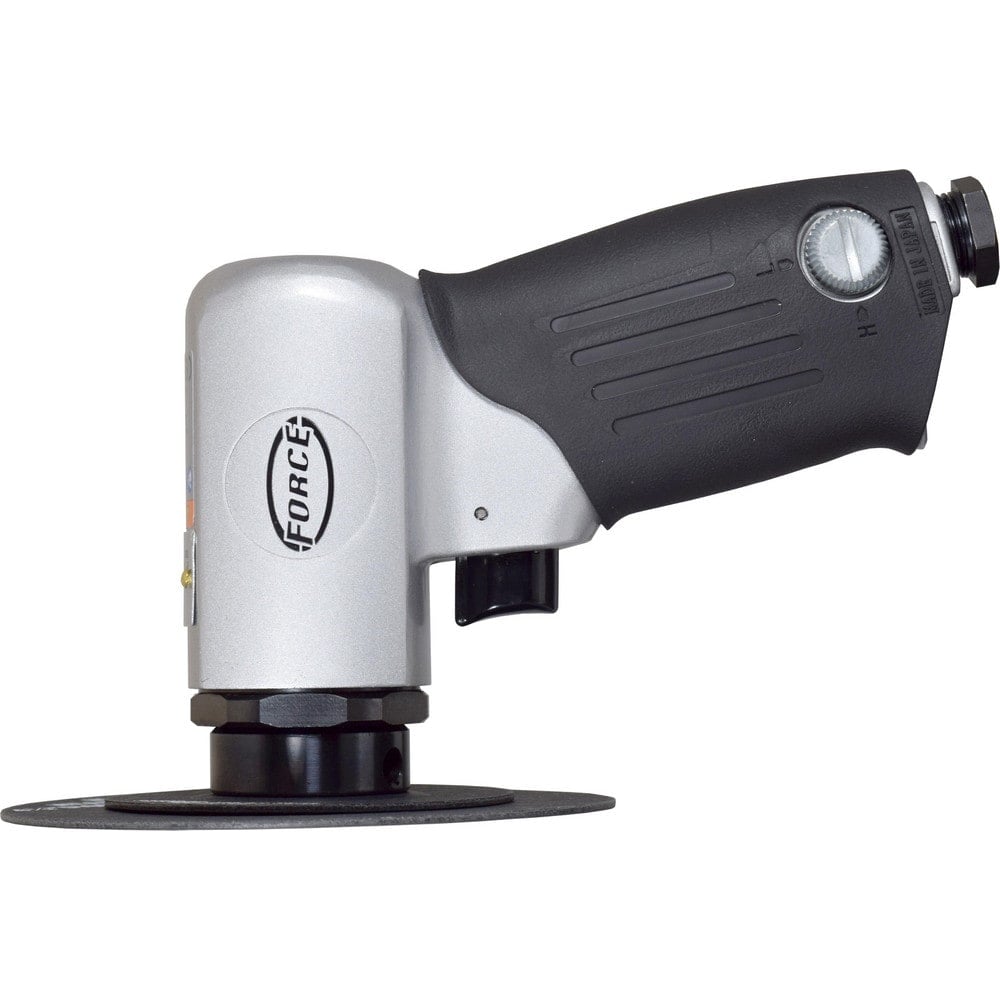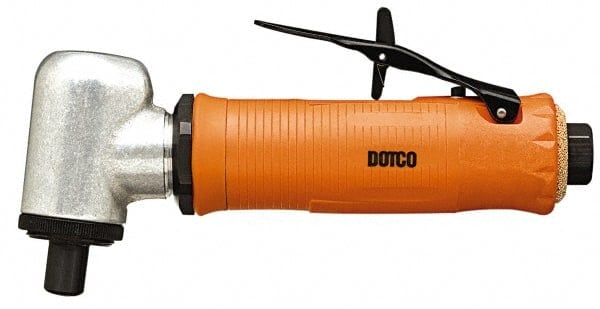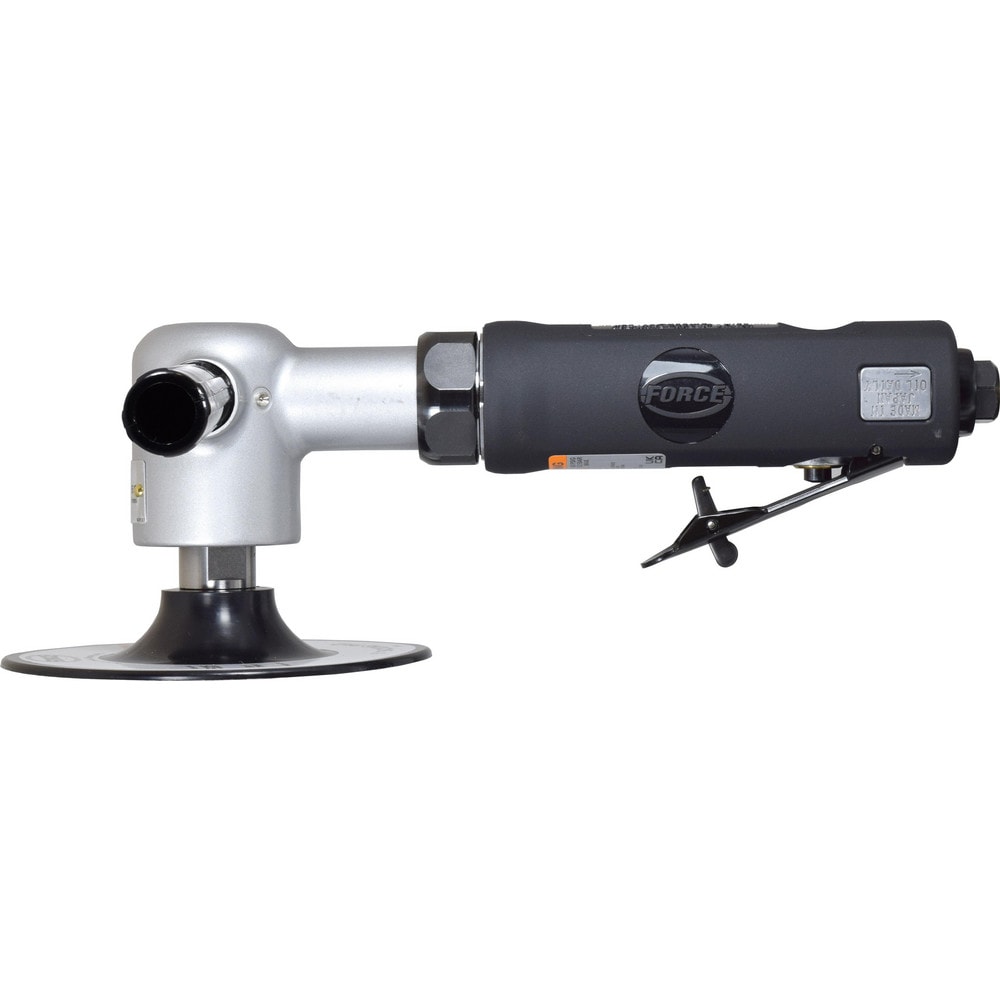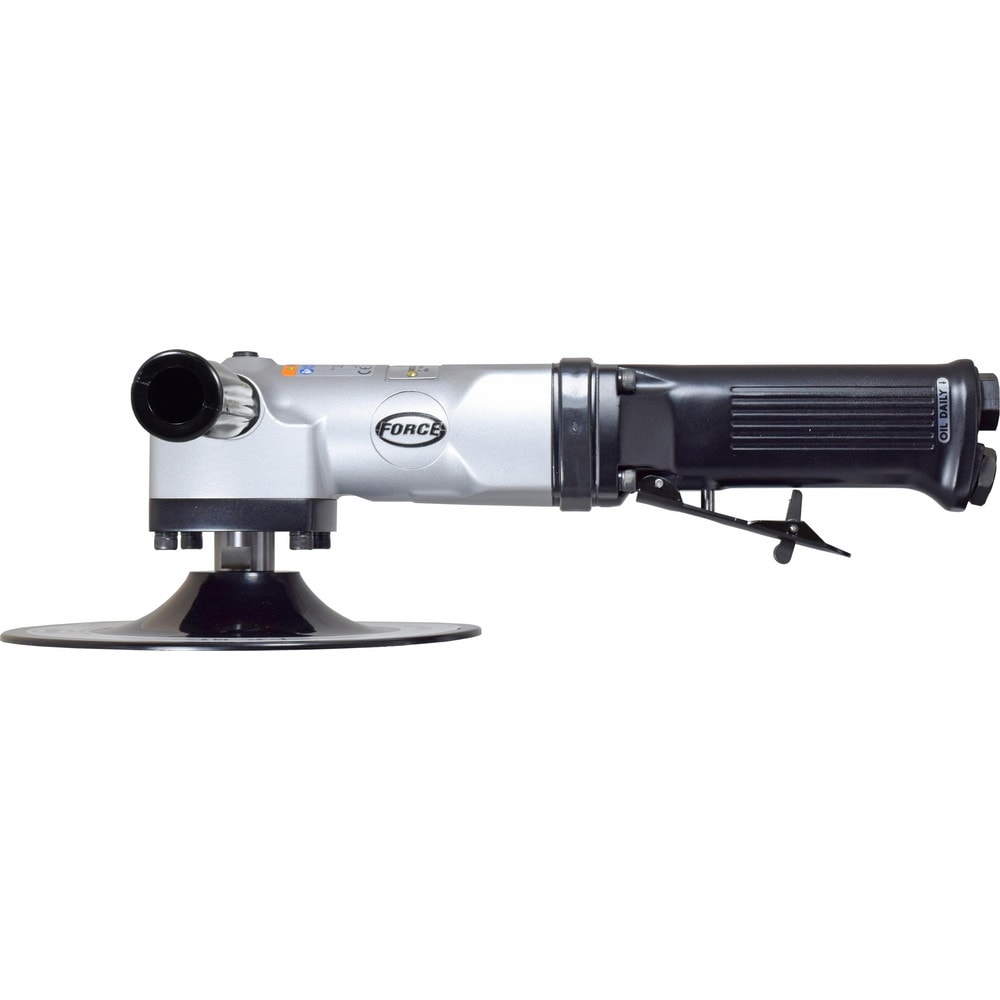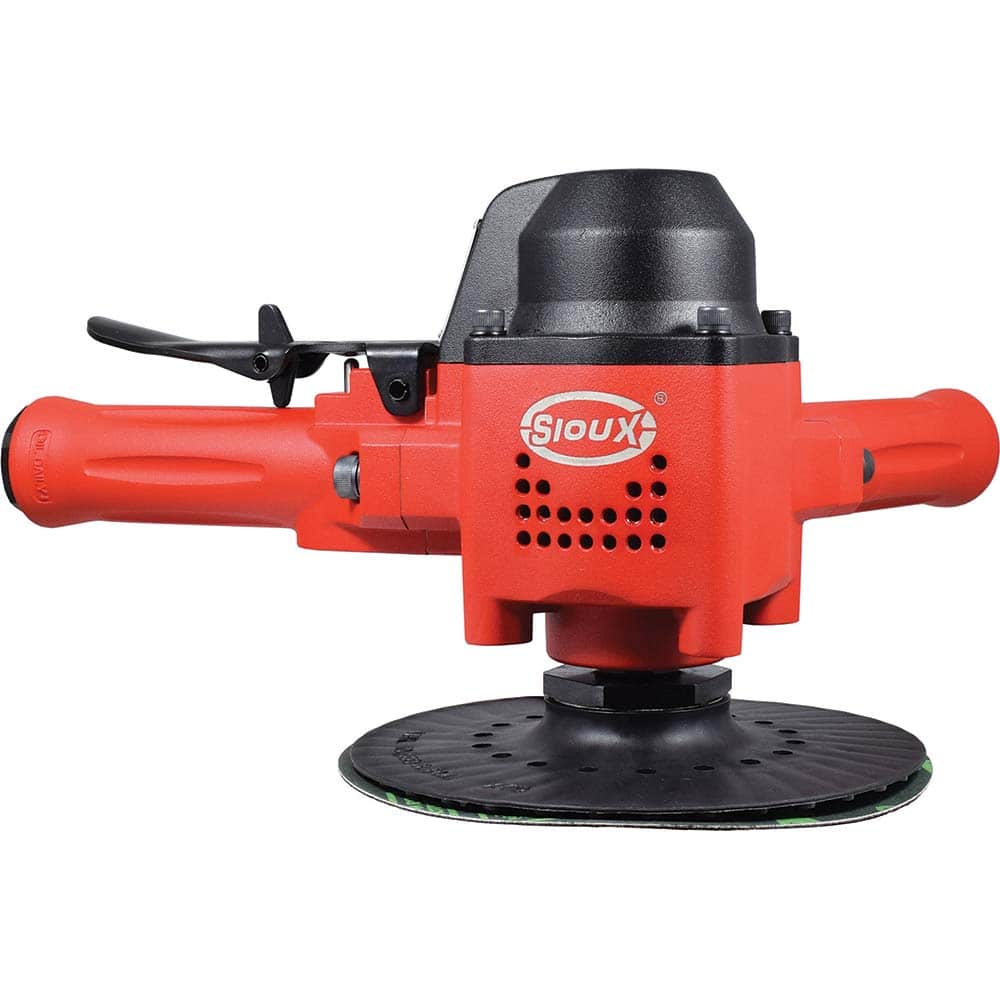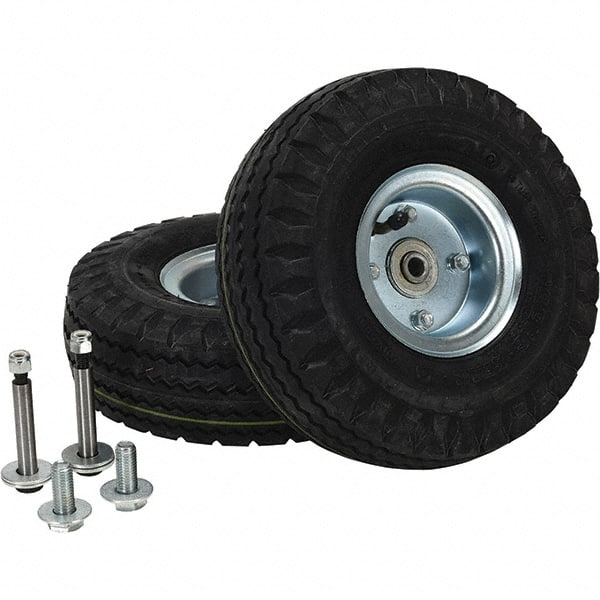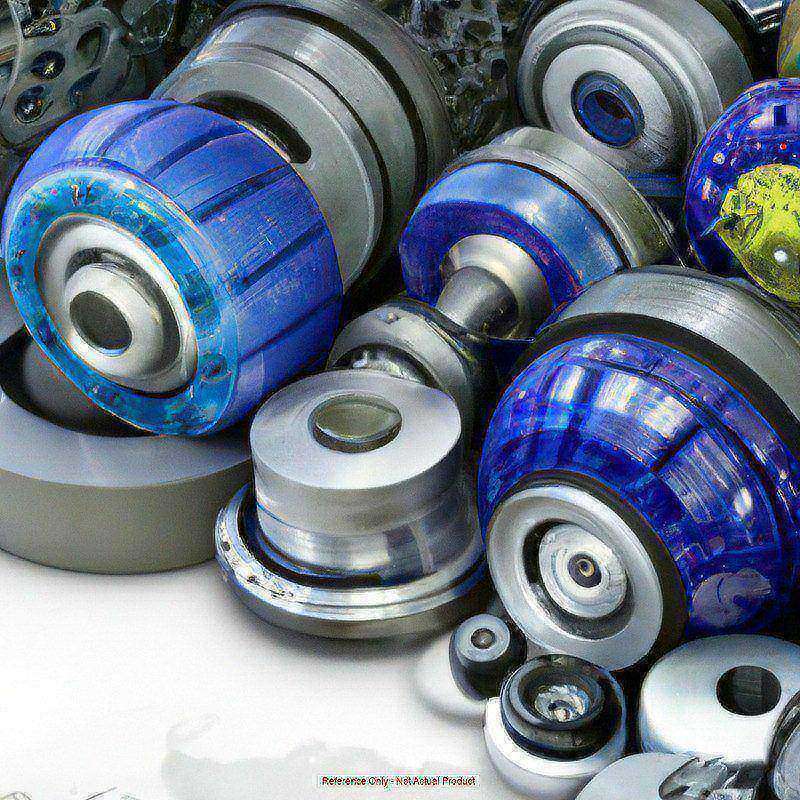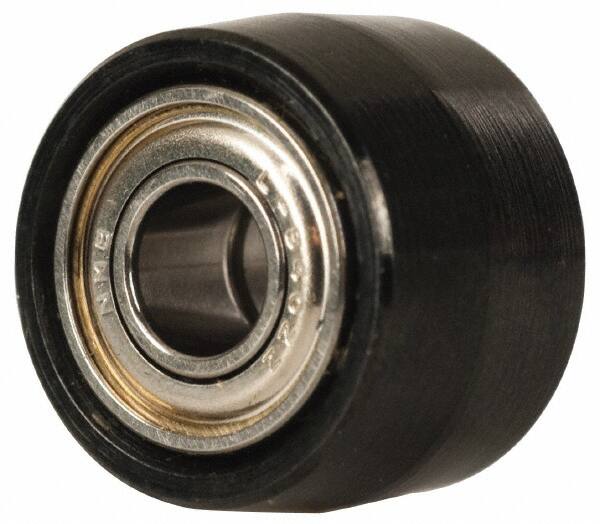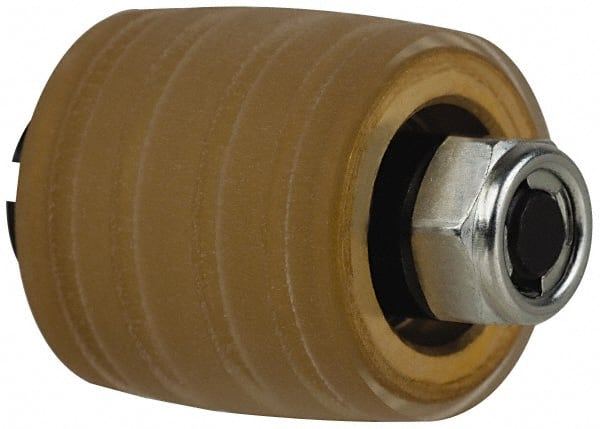Top Tips and Tools: Power Sanders and Essential Accessories

Introduction
Welcome to our comprehensive guide on power sanders and accessories! Whether you are a professional woodworker, metalworker, automotive technician, or a DIY enthusiast, having the right tools is essential for achieving high-quality finishes and efficient results. In this blog, we delve into the world of power sanders, exploring various types, their typical applications, top reasons to use them, frequently asked questions, and essential accessories that enhance their functionality.
From the robust power sanders designed for heavy-duty tasks to the precision of handheld disc sanders for detailed work, this guide covers it all. We provide insights into the best practices for using these tools, maintenance tips to extend their lifespan, and product recommendations to help you make informed decisions. Additionally, you'll find detailed sections on specific sander categories, such as air orbital sanders, belt sanders, and electric orbital sanders, each with tailored advice and top product add-ons to consider.
Our goal is to equip you with the knowledge and resources needed to tackle any sanding project with confidence and ease. Whether you're preparing wooden surfaces for a flawless finish, smoothing metal parts, or handling intricate automotive bodywork, this guide is your go-to resource for all things related to power sanders and their accessories. Let's dive in and explore the tools that will elevate your craftsmanship to the next level!
- Power Sanders
- Abrasive Finishing Tools
- Air Orbital Sanders
- Belt & Straight Line Sanders
- Contact Arms & Arm Assembly Parts
- Electric Orbital Sanders
- Handheld Disc Sanders
- Pneumatic Wheels & Wheel Parts
- Power Sander Accessories
1. Power Sanders
Overview
Power sanders are essential tools for smoothing and finishing surfaces in woodworking, metalworking, and automotive applications. These tools use abrasive paper to remove material from surfaces, providing a smooth and polished finish.
Typical Applications
- Woodworking: Smoothing wooden surfaces and preparing them for finishing.
- Metalworking: Removing rust, paint, and smoothing metal surfaces.
- Automotive: Preparing car bodies for painting and finishing.
- Drywall: Smoothing joints and preparing walls for painting.
- Furniture Making: Finishing furniture surfaces for a polished look.
Top 5 Reasons to Use Power Sanders
- Efficiency: Rapid material removal and surface preparation.
- Consistency: Even and smooth finishes across large surfaces.
- Versatility: Suitable for various materials and applications.
- Ease of Use: User-friendly designs that reduce manual labor.
- Professional Results: Achieve high-quality finishes with minimal effort.
Top 10 FAQs and Answers
- What are the types of power sanders?
- Belt sanders, orbital sanders, disc sanders, and detail sanders.
- How do I choose the right grit sandpaper?
- Coarser grits for material removal, finer grits for finishing.
- Can power sanders be used on metal?
- Yes, with appropriate sandpaper and settings.
- How do I maintain my power sander?
- Regularly clean dust and debris, replace worn-out parts.
- What safety precautions should I take?
- Wear safety goggles, masks, and follow manufacturer instructions.
- Can I use a power sander for drywall?
- Yes, especially orbital sanders with dust collection features.
- How do I reduce dust when sanding?
- Use sanders with built-in dust collection or attach a vacuum.
- What is the lifespan of a power sander?
- Depends on usage and maintenance, typically several years.
- Are cordless sanders effective?
- Yes, modern cordless sanders offer good power and convenience.
- Can power sanders be used for polishing?
- Yes, with appropriate attachments and polishing pads.
Top 5 Product Add-Ons
- Dust Collection Attachments: Minimize mess and improve air quality.
- Replacement Sanding Pads: Ensure optimal performance with fresh abrasives.
- Extension Cords: Increase reach and convenience.
- Polishing Pads: Convert your sander into a polisher.
- Sanding Blocks: For detailed and intricate work.
Product Recommendations
-
Sioux ToolsSpecial Price $219.99 Regular Price $473.98
-
WalterSpecial Price $177.99 Regular Price $276.61
-
3MSpecial Price $1641.99 Regular Price $2936.93
-
SunexSpecial Price $559.79 Regular Price $1043.2
-
DynabradeSpecial Price $642.29 Regular Price $1103.2
-
DynabradeSpecial Price $608.29 Regular Price $1044.6
2. Abrasive Finishing Tools
Overview
Abrasive finishing tools are designed to refine surfaces, providing smooth finishes and preparing materials for further processing or final use.
Typical Applications
- Metal Finishing: Smoothing welds and edges.
- Woodworking: Refining wood surfaces before staining or painting.
- Automotive: Smoothing bodywork and metal panels.
- Plastic Manufacturing: Finishing plastic parts for assembly.
- Stone Working: Smoothing and finishing stone surfaces.
Top 5 Reasons to Use Abrasive Finishing Tools
- Precision: Achieve fine, detailed finishes.
- Versatility: Suitable for various materials.
- Efficiency: Faster and more consistent than manual sanding.
- Quality: Professional-grade finishes for various applications.
- Durability: Long-lasting tools for repeated use.
Top 10 FAQs and Answers
- What types of abrasive tools are available?
- Sanding discs, belts, and pads.
- Can abrasive tools be used on plastic?
- Yes, with appropriate grits and settings.
- How do I select the right abrasive tool?
- Match the tool to your material and desired finish.
- What safety measures should I follow?
- Wear protective gear and follow tool guidelines.
- How do I store abrasive tools?
- Keep in a dry place to avoid moisture damage.
- Are there eco-friendly abrasive tools?
- Yes, some brands offer biodegradable options.
- Can abrasive tools be reused?
- Some can, depending on wear and tear.
- What grit sizes are available?
- From very coarse (24) to ultra-fine (2000+).
- How do I clean abrasive tools?
- Use a brush or compressed air to remove debris.
- Can they be used with water?
- Some are designed for wet sanding.
Top 5 Product Add-Ons
- Grit Assortment Packs: For different stages of sanding.
- Sanding Blocks: For detailed work.
- Dust Masks: Protect against inhaling fine particles.
- Gloves: Enhance grip and protect hands.
- Cleaning Brushes: Maintain tool effectiveness.
Product Recommendations
-
3MSpecial Price $1641.99 Regular Price $2936.93
-
SunexSpecial Price $559.79 Regular Price $1043.2
-
MakitaSpecial Price $420.99 Regular Price $686.65
-
DynabradeSpecial Price $642.29 Regular Price $1103.2
-
DynabradeSpecial Price $608.29 Regular Price $1044.6
-
DynabradeSpecial Price $1075.99 Regular Price $2142.61
3. Air Orbital Sanders
Overview
Air orbital sanders are powered by compressed air and provide smooth, swirl-free finishes on a variety of surfaces. They are ideal for high-volume sanding tasks.
Typical Applications
- Automotive: Bodywork and paint preparation.
- Woodworking: Smoothing wooden surfaces.
- Metalworking: Polishing and finishing metal parts.
- Boat Building: Preparing surfaces for painting or varnishing.
- Furniture Making: Finishing furniture surfaces.
Top 5 Reasons to Use Air Orbital Sanders
- Powerful Performance: Efficient sanding with minimal effort.
- Smooth Finishes: Swirl-free and even results.
- Durability: Long-lasting tools for heavy-duty use.
- Lightweight: Easier to handle for extended periods.
- Versatility: Suitable for various materials.
Top 10 FAQs and Answers
- How do air orbital sanders work?
- Powered by compressed air, the pad moves in a random orbit.
- What are the benefits of air over electric sanders?
- Lighter weight and often more powerful.
- Can they be used on plastic?
- Yes, with appropriate settings and sandpaper.
- How do I maintain an air sander?
- Regularly oil the tool and check for air leaks.
- What size air compressor is needed?
- Check the tool’s air consumption rating.
- Are they suitable for wet sanding?
- Yes, with the right sandpaper.
- What is the best pad size?
- Depends on the job; common sizes are 5" and 6".
- How to reduce vibration?
- Use vibration-dampening gloves and ensure proper tool maintenance.
- Can I use it for polishing?
- Yes, with appropriate attachments.
- Is it noisy?
- Generally, yes; use ear protection.
Top 5 Product Add-Ons
- Air Hoses: Ensure proper airflow.
- Lubricating Oil: Maintain tool performance.
- Replacement Pads: For different applications.
- Dust Collection Systems: Minimize mess.
- Polishing Pads: Convert for polishing tasks.
Product Recommendations
-
Sioux ToolsSpecial Price $219.99 Regular Price $473.98
-
Value CollectionSpecial Price $55.79 Regular Price $166.5
-
3MSpecial Price $335.79 Regular Price $640.83
-
Pro-SourceSpecial Price $98.29 Regular Price $192.23
-
Sioux ToolsSpecial Price $185.79 Regular Price $288.66
-
Sioux ToolsSpecial Price $185.79 Regular Price $288.66
4. Belt & Straight Line Sanders
Overview
Belt and straight line sanders are powerful tools used for aggressive material removal and smoothing large, flat surfaces. They are ideal for heavy-duty sanding tasks.
Typical Applications
- Flooring: Sanding wooden floors.
- Woodworking: Smoothing large wooden surfaces.
- Metalworking: Deburring and smoothing metal parts.
- Automotive: Bodywork and frame preparation.
- Furniture Making: Preparing large furniture pieces.
Top 5 Reasons to Use Belt & Straight Line Sanders
- High Efficiency: Rapid material removal.
- Durability: Built for heavy-duty tasks.
- Versatility: Suitable for various materials.
- Precision: Smooth and even finishes.
- Ease of Use: Simple to operate for large areas.
Top 10 FAQs and Answers
- How do belts and and straight line sanders work?
-
- Belt sanders use a continuous loop of sandpaper, while straight line sanders move back and forth in a straight line.
- What materials can be sanded with these tools?
- Wood, metal, and plastic, depending on the sandpaper used.
- How do I choose the right grit sandpaper?
- Coarse grits (40-60) for material removal, medium (80-120) for smoothing, and fine (180-220) for finishing.
- What safety precautions should I take?
- Wear safety goggles, a dust mask, and ear protection.
- Can I use a belt sander on floors?
- Yes, they are often used for sanding large floor areas.
- How do I maintain these sanders?
- Regularly clean the tool and replace worn belts or pads.
- Can these sanders be used on curved surfaces?
- Belt sanders are better for flat surfaces; straight line sanders can handle slight curves.
- What is the lifespan of these sanders?
- With proper maintenance, they can last many years.
- How do I minimize dust when sanding?
- Use a dust collection system or connect a vacuum.
- Are they suitable for beginners?
- They can be, but proper handling and safety precautions are essential.
Top 5 Product Add-Ons
- Dust Bags: Collect sanding debris.
- Replacement Belts and Pads: Keep the sander working efficiently.
- Sanding Frames: Help maintain flat sanding surfaces.
- Variable Speed Controls: For more precise sanding.
- Stands and Benches: For stationary sanding.
Product Recommendations
-
MakitaSpecial Price $491.29 Regular Price $843.56
-
MetaboSpecial Price $2164.79 Regular Price $3933.6
-
MakitaSpecial Price $484.99 Regular Price $757.22
-
MakitaSpecial Price $491.29 Regular Price $843.56
-
MakitaSpecial Price $440.79 Regular Price $873.14
-
FeinSpecial Price $1332.29 Regular Price $2162.95
-
DynabradeSpecial Price $784.49 Regular Price $1636.8
-
FeinSpecial Price $1450.79 Regular Price $2502.78
5. Contact Arms & Arm Assembly Parts
Overview
Contact arms and arm assembly parts are essential components for sanding and grinding machines, allowing for more precise and controlled sanding operations.
Typical Applications
- Tool and Die Making: Precision sanding in confined areas.
- Metalworking: Smoothing and polishing metal parts.
- Woodworking: Detailed sanding tasks.
- Automotive: Sanding in tight spaces and around curves.
- Machinery Maintenance: Repair and maintenance of machinery components.
Top 5 Reasons to Use Contact Arms & Arm Assembly Parts
- Precision: Enables detailed and accurate sanding.
- Versatility: Suitable for various sanding tasks.
- Durability: Built to withstand heavy use.
- Customization: Adaptable to different sanding needs.
- Improved Control: Enhanced maneuverability in tight spaces.
Top 10 FAQs and Answers
- What are contact arms used for?
- Precision sanding and grinding in detailed areas.
- Can they be used with any sander?
- Compatible with specific models; check manufacturer guidelines.
- How do I install contact arms?
- Follow the manufacturer’s instructions for proper installation.
- Are they adjustable?
- Many models allow for adjustments to fit different tasks.
- What materials are contact arms made of?
- Typically made from durable metals like steel or aluminum.
- How do I maintain contact arms?
- Regularly inspect and clean to ensure optimal performance.
- Can they be used for polishing?
- Yes, with the appropriate attachments.
- Are contact arms suitable for beginners?
- They require some skill to use effectively.
- How do I choose the right contact arm?
- Consider the type of sanding task and the compatibility with your sander.
- Do they come with a warranty?
- Many manufacturers offer warranties; check specifics.
Top 5 Product Add-Ons
- Replacement Pads: Ensure consistent performance.
- Adjustable Mounts: Enhance versatility.
- Tool Holders: Keep tools organized.
- Extension Arms: Increase reach and flexibility.
- Protective Covers: Extend the lifespan of contact arms.
Product Recommendations
6. Electric Orbital Sanders
Overview
Electric orbital sanders are versatile tools used for smooth, swirl-free sanding on a variety of surfaces. They are ideal for both finishing and general sanding tasks.
Typical Applications
- Woodworking: Finishing wooden surfaces.
- Automotive: Preparing surfaces for painting.
- Metalworking: Smoothing and polishing metal.
- Furniture Making: Refining furniture surfaces.
- Home Improvement: Sanding drywall and other home surfaces.
Top 5 Reasons to Use Electric Orbital Sanders
- Smooth Finish: Provides even, swirl-free results.
- Ease of Use: User-friendly design.
- Versatility: Suitable for various materials.
- Portability: Easy to handle and move.
- Dust Collection: Built-in systems for cleaner workspaces.
Top 10 FAQs and Answers
- What is an orbital sander?
- A sander that moves in a random orbital motion to avoid swirl marks.
- Can I use it on metal?
- Yes, with appropriate sandpaper.
- How do I maintain an orbital sander?
- Regular cleaning and replacing worn parts.
- What grit sandpaper should I use?
- Coarse for removal, fine for finishing.
- How do I reduce dust?
- Use built-in dust collection or attach a vacuum.
- Is it suitable for beginners?
- Yes, it’s easy to use with minimal learning curve.
- Can it be used for polishing?
- Yes, with polishing pads.
- How long does it last?
- Depends on usage and maintenance, typically several years.
- Are there cordless models?
- Yes, offering more flexibility.
- What safety gear is needed?
- Safety goggles, dust mask, and ear protection.
Top 5 Product Add-Ons
- Dust Collection Bags: Minimize mess.
- Replacement Pads: Maintain efficiency.
- Extension Cords: Increase reach.
- Polishing Pads: For dual-use as a polisher.
- Sanding Blocks: For detailed work.
Product Recommendations
7. Handheld Disc Sanders
Overview
Handheld disc sanders are compact, versatile tools used for smoothing and finishing surfaces. They are ideal for detailed work and smaller areas.
Typical Applications
- Woodworking: Refining edges and small surfaces.
- Metalworking: Polishing and smoothing metal parts.
- Automotive: Detailing and finishing car bodies.
- Furniture Making: Smoothing furniture edges and surfaces.
- DIY Projects: Versatile for various home improvement tasks.
Top 5 Reasons to Use Handheld Disc Sanders
- Precision: Ideal for detailed work.
- Versatility: Suitable for multiple materials.
- Compact Size: Easy to handle in small spaces.
- Ease of Use: User-friendly design.
- Portability: Lightweight and portable.
Top 10 FAQs and Answers
- What is a handheld disc sander?
- A compact sander with a rotating disc for smoothing surfaces.
- Can it be used on metal?
- Yes, with appropriate discs.
- How do I choose the right disc?
- Match the disc to the material and desired finish.
- What safety measures should I follow?
- Wear safety goggles, mask, and ear protection.
- How do I maintain the sander?
- Clean regularly and replace worn discs.
- Is it suitable for beginners?
- Yes, it’s easy to handle.
- Can it be used for polishing?
- Yes, with polishing attachments.
- How long does it last?
- With proper maintenance, several years.
- Are there cordless models?
- Yes, offering greater flexibility.
- What is the ideal disc size?
- Common sizes are 5" and 6".
Top 5 Product Add-Ons
- Replacement Discs: For different applications.
- Dust Collection Attachments: Minimize mess.
- Extension Cords: Increase reach.
- Polishing Pads: Dual-use for sanding and polishing.
- Protective Cases: For storage and transport.
Product Recommendations
8. Pneumatic Wheels & Wheel Parts
Overview
Pneumatic wheels and wheel parts are essential for various types of sanding and grinding machines, providing smooth and efficient movement during operation.
Typical Applications
- Metal working: Providing mobility and support for heavy-duty grinding machines.
- Woodworking: Ensuring smooth operation of large sanders.
- Automotive: Facilitating movement and positioning of bodywork tools.
- Construction: Supporting sanders and grinders on job sites.
- Manufacturing: Enabling efficient movement of machinery in factories.
Top 5 Reasons to Use Pneumatic Wheels & Wheel Parts
- Smooth Operation: Reduces vibration and provides smooth movement.
- Durability: Built to withstand heavy loads and rough surfaces.
- Versatility: Suitable for various sanding and grinding machines.
- Maintenance: Easy to replace and maintain for continued performance.
- Safety: Enhances stability and reduces the risk of accidents.
Top 10 FAQs and Answers
- What are pneumatic wheels?
- Wheels filled with air to provide cushioning and smooth movement.
- Can they be used on all surfaces?
- Yes, they are suitable for most surfaces, including rough and uneven ones.
- How do I maintain pneumatic wheels?
- Regularly check air pressure and inspect for wear and damage.
- Are they compatible with all sanders?
- Compatibility depends on the specific sander model; check manufacturer guidelines.
- How do I replace pneumatic wheels?
- Follow the manufacturer’s instructions for replacement.
- What are the benefits over solid wheels?
- Better shock absorption and smoother operation.
- Can they handle heavy loads?
- Yes, they are designed to support heavy machinery.
- How long do pneumatic wheels last?
- Lifespan varies based on usage and maintenance.
- Are there different sizes available?
- Yes, various sizes are available to match different machines.
- Do they require special tools for installation?
- Basic tools are usually sufficient; consult the manual for specifics.
Top 5 Product Add-Ons
- Replacement Tires: Keep your sander or grinder running smoothly.
- Air Pumps: Maintain proper tire pressure.
- Wheel Bearings: Ensure smooth and efficient movement.
- Mounting Hardware: Securely attach wheels to your machine.
- Protective Covers: Extend the life of your pneumatic wheels.
Product Recommendations
-
VestilSpecial Price $113.29 Regular Price $175.7
-
DynabradeSpecial Price $147.99 Regular Price $274.32
-
WalterSpecial Price $68.79 Regular Price $109.11
-
DynabradeSpecial Price $87.29 Regular Price $148.41
-
WalterSpecial Price $311.99 Regular Price $542.67
-
DynabradeSpecial Price $226.99 Regular Price $388.07
-
DynabradeSpecial Price $62.99 Regular Price $133.62
9. Power Sander Accessories
Overview
Power sander accessories enhance the functionality and efficiency of sanders, making them more versatile and effective for various tasks.
Typical Applications
- Woodworking: Enhancing sanding capabilities for wood projects.
- Metalworking: Improving surface finishing and polishing.
- Automotive: Expanding the functionality of sanders for car bodywork.
- DIY Projects: Providing tools and attachments for home improvement tasks.
- Construction: Offering specialized accessories for on-site sanding needs.
Top 5 Reasons to Use Power Sander Accessories
- Versatility: Expand the capabilities of your sander.
- Efficiency: Improve the speed and quality of your work.
- Customization: Tailor your sander to specific tasks.
- Durability: Enhance the lifespan of your sander with proper accessories.
- Ease of Use: Make sanding tasks easier and more effective.
Top 10 FAQs and Answers
- What types of accessories are available?
- Sanding pads, discs, dust collection bags, polishing pads, and more.
- How do I choose the right accessory?
- Match the accessory to your specific sanding task and sander model.
- Can accessories be used with any sander?
- Ensure compatibility with your sander model and brand.
- How do I maintain accessories?
- Clean regularly and replace when worn.
- Are there accessories for dust collection?
- Yes, dust bags and vacuum attachments are available.
- Can I use polishing pads with my sander?
- Yes, many sanders can be fitted with polishing pads for dual-use.
- How do I install new accessories?
- Follow the manufacturer’s instructions for installation.
- Are there universal accessories?
- Some accessories are designed to be compatible with multiple brands.
- How do I store accessories?
- Keep them in a dry, organized space to prevent damage.
- What are the benefits of using high-quality accessories?
- Improved performance, longevity, and safety.
Top 5 Product Add-Ons
- Dust Collection Bags: Keep your workspace clean.
- Polishing Pads: Convert your sander into a polisher.
- Replacement Sanding Pads: Ensure optimal performance.
- Extension Cords: Increase your working range.
- Storage Cases: Organize and protect your accessories.
Product Recommendations
By understanding the features, applications, and benefits of these various power sanders and accessories, you can make informed decisions and achieve the best results for your projects. Whether you are a professional or a DIY enthusiast, having the right tools and knowledge is essential for success.
For more information and to purchase these products, visit GoVets at the links provided in each section. Happy sanding!
- Veteran Spotlight
- GoVets Solutions
- Buying Guides & Projects
- Shopping Trends
- Prime Contractor Resources
- Business & Entrepreneur Resources
- GoVets Giving
- Online Security and Shopping Safety
- GoVets Top Selling Products
- Veteran Resources
- Product Spotlights
- Technology Updates
- GoVets Medallion Updates
- Government Updates
- GoVets Capabilities
- Press Releases
- Promotion Updates
- Industry Trends


